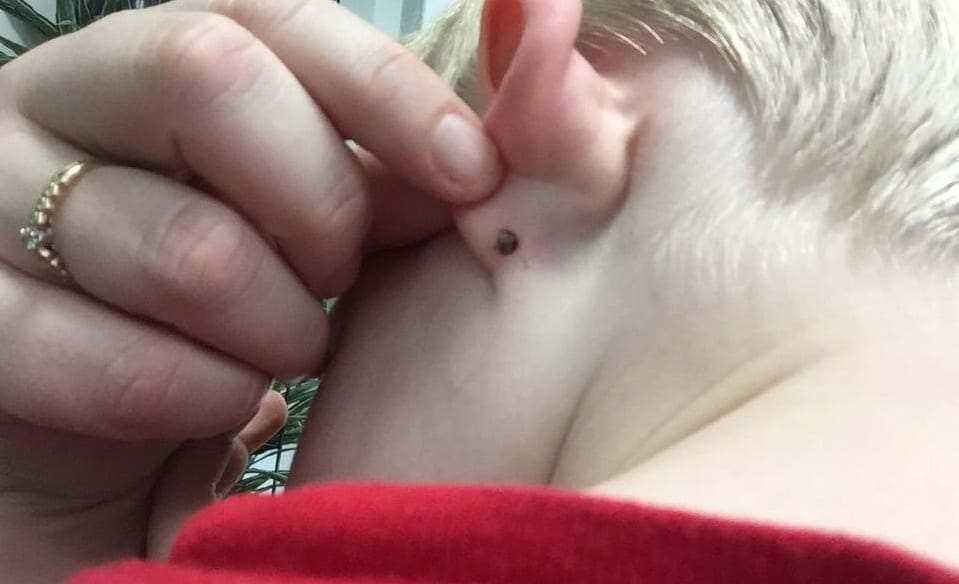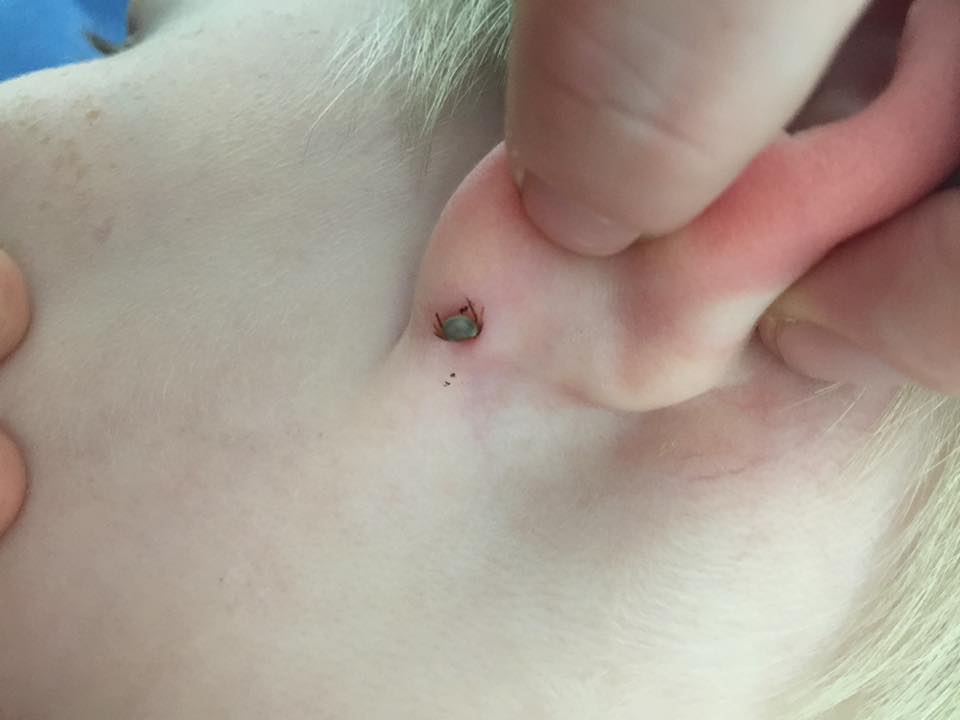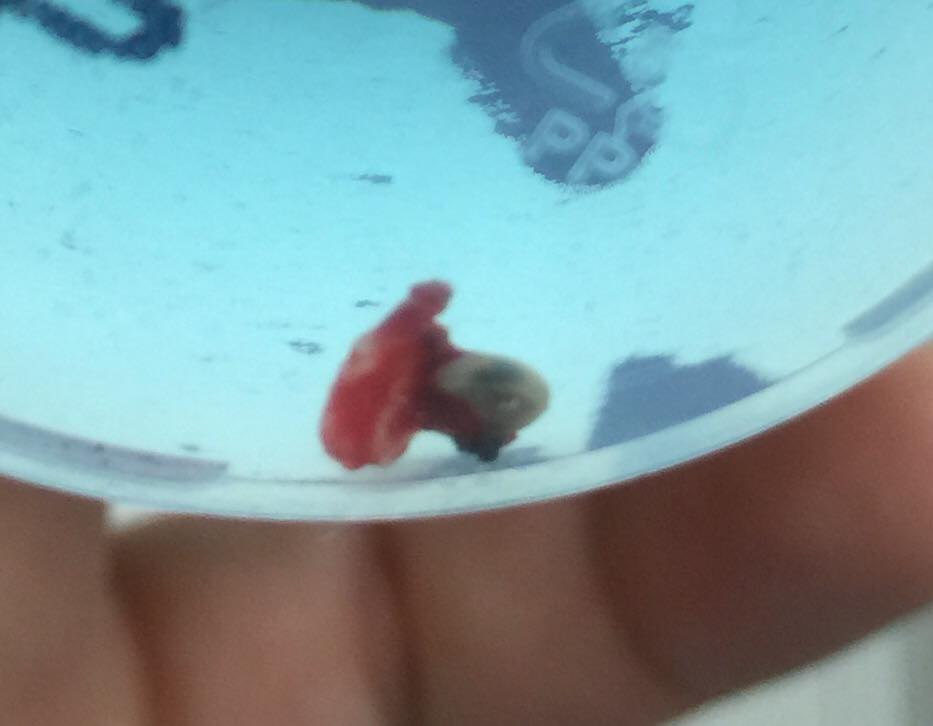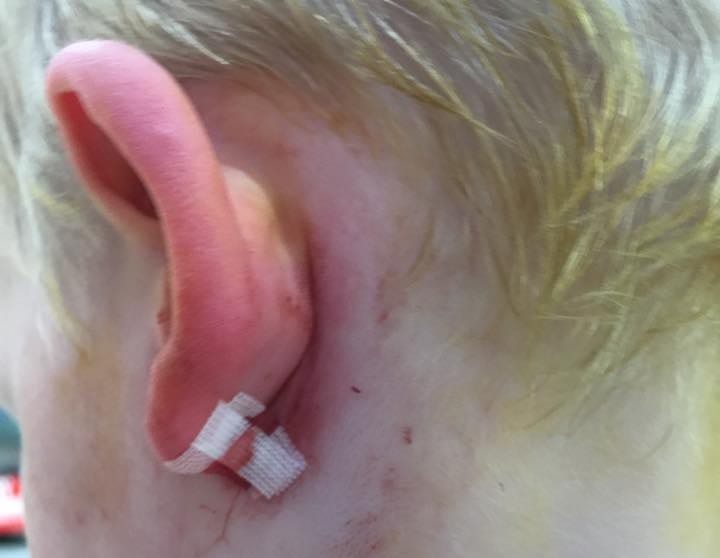There are over 70 species of tick in Australia, 16 of which are known to feed off humans. Most tick bites pose no long term harm to humans, however, children are at higher risk of a serious and harmful reaction, especially to the bites of paralysis ticks. The majority of Australian tick species can be found along the Eastern Coast, particularly in humid areas. Serious concerns about tick outbreaks in Sydney are trickling up the eastern seaboard, with the Gold Coast, Brisbane, Toowoomba and Sunshine Coast areas all at risk. The Gold Coast has been historically named as one of Australia’s hot spots for tick bites. Ticks love warm humid environments and South East Queensland provides a perfect habitat for them.
Doctors and health care professionals are again imploring parents to CHECK CHILDREN CAREFULLY and, if a tick is spotted, to make sure that sensible and careful removal takes place. Read up on what to do BEFORE this becomes a serious issue in your home.
Why ticks are such a big risk for kids
Ticks carrying Tick Borne Bacteria are what put kids at risk. For many kids, a tick bite is no more than an inconvenience with no long term symptoms or issues. The tick will become engorged on the child’s blood and then simply drop off. It will likely take several days before the tick is large enough to be easily visible. If you see a tick on your child, removal can be tricky as the tick may inject your child with poisons and parasites when it becomes distressed. If the tick is grey in colour it could be a paralysis tick and should be removed by a health care professional where available.
Your pharmacist may be able to recommend products and tools that make for safe tick removal at home. Some Gold Coast mums report the “Wart Off” product that freezes warts on skin kills ticks instantly – speak to your doctor or pharmacist about the best practices for removing ticks at home.
To remove ticks with common household tweezers, grasp the tick as close to the skin as possible. If your child is known to experience allergic reactions to ticks, don’t attempt to remove the tick yourself. The Australian Department of Health recommends seeking urgent medical attention for tick removal.* When ticks (especially paralysis ticks) are in “high risk” spots such as the head, face or neck, your child may require a skin biopsy around the area to remove any “already infected” flesh. This is done at a doctor’s surgery or hospital and involves local anaesthetic.
Symptoms of tick bites to watch for in kids
In the few days following a trip to bush land or exploring outside, keep an eye out for these symptoms in kids:
Rash (circular or spotted)
- flu like symptoms,
- lethargy,
- breathing difficulties,
- migraine,
- tremors,
- memory loss,
- dizziness
- poor cognition
- stiff neck
- muscle ache
- fever
- localised “burning”
Ticks borne diseases in Australia
There are more than 70 types of ticks in Australia but the ones most likely to cause problems for people are the Paralysis Tick, The Brown Dog Tick and the Bush Tick. Co-infections including Rickettsia, Babesiosis, Bartonellosis, Ehrlichiosis, Anaplasmosis, Mycoplasmoiss, Brucellosis and Q Fever have all been reported in Australia.
Ticks are spread by animals. Dogs and cats are particularly susceptible and should be given regular tick prevention to avoid bringing them into your home. Bandicoots, kangaroos, cattle, rodents and other “roaming” animals are thought to be responsible for clustered outbreaks (like the recent north Sydney outbreak) and the spread along coast lines. All coastal regions of South East Queensland, from the Sunshine Coast through to the Gold Coast, are prevalent areas for tick bites.
Ticks live in gardens, grass and bushland, where kids love to explore and play. Getting kids off the screens and playing outside is so vital, but it’s also why kids are at risk of tick bites in South East Queensland. Ticks tend to bite in nooks and crannies (and under hair) so it can be hard to do a full tick check after a day’s play outside!
Lyme Disease and MMA Controversy in Australia
All ticks can carry tick borne diseases. Brown Dog and Bush Ticks are mostly associated with Lyme Disease-like symptoms** (despite the Lyme Disease bacteria being identified in sick patients, the Australian government insists Australia does not have a Lyme Disease problem – instead referring to it as “Lyme Disease Like Illness”)***. Paralysis Ticks have been tentatively linked to the recent NSW outbreak of Mammalian Meat Allergy – where those bitten suddenly experience severe anaphylactic reactions to red meat. While all three are active in South East Queensland it’s the grey Paralysis tick that has parents most worried as it can, and does, cause paralysis in pets and small people.
Tick bite prevention
Tick-borne diseases occur worldwide, including in your own backyard. To help protect yourself and your family, you should:
- Use a chemical repellent with DEET, permethrin or picaridin.
- Wear light-colored protective clothing.
- Tuck pant legs into socks.
- Avoid tick-infested areas.
- Check yourself, your children, and your pets daily for ticks and carefully remove any ticks.
Gold Coast named one of Australia’s Tick Hotspots
The Australian Association of Bush Regenerators recently added The Gold Coast to the list of peak risk areas, joining Coffs Harbour and the NSW central and south coasts. Tick borne diseases are also common through Brisbane and all along the Queensland coast.
Ticks are common all year round in Australia but are especially active in warmer, humid months after rain.
References:
*http://www.health.gov.au/internet/main/publishing.nsf/Content/ohp-tick-bite-prevention.htm
**https://www1.health.gov.au/internet/main/publishing.nsf/Content/ohp-lyme-disease.htm
***www.health.nsw.gov.au/Infectious/factsheets/Pages/lyme_disease.aspx
****https://medlineplus.gov/magazine/issues/spring17/articles/spring17pg25-27.html





Do ticks fly in groups say into your house
does it damage kids if its on head
And now we have another tick here in Western Australia that causes a red meat allergy.
Ixodes Australiensis. I am the first case.